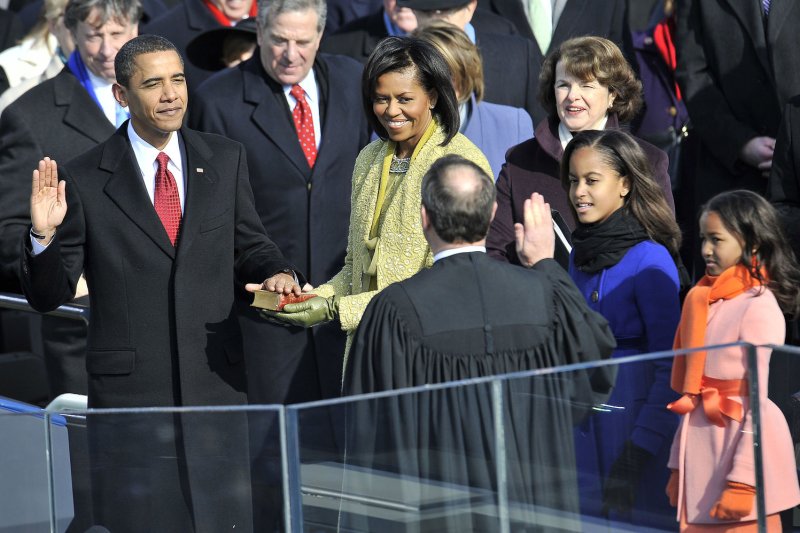His speech mainly functions to reassure the American people that things will be okay and not to worry. Despite the hard times he believes things will be okay because he has a plan to fix things. This plan would eventually be called his New Deal. He tells the people that "the only thing they have to fear, is fear itself". This means they no longer need to worry about the banks crashing, the rampant poverty, or even the global economic depression. He believed that the nation and its people would endure and utilize the programs and jobs that he would provide. After he tries to reassure them he does bring up the problems plaguing the nation during this depression. However, he feels that many of these problems are overblown. He mentions that people still have nature. They still have more than the generation that came before them. The businessmen who cheated them are losing money and power in the marketplace. He feels that while the situation is not great, it is salvageable. His main point is that the rampant unemployment needs to be ended. He knew that there was no way out of this depression if the nation was sacrificing 20% of its productive power to people without jobs. He also knew that the core problems of why this depression occurred needed to be addressed. The banks needed to be regulated, and the practice of buying stocks on margin needed to be ended. Aside from the great depression he also made two important assertions regarding domestic and foreign issues. He felt that the legislative and judicial branches needed to increase their power due to the fact that progressive presidents had increased executive power years before. That way the system of checks and balances would be restored. Regarding foreign issues FDR thought we should implement the "good neighbor policy". This meant that the US would protect weaker neighbors around them, as well as having open trade with them. He ends his speech by saying the American people have not failed, and going back to his previous point of reassuring them not to be afraid.
FDR inauguration:

Another inauguration in a trying fiscal time (Obama):

FDR inauguration:

Another inauguration in a trying fiscal time (Obama):

Comments
Post a Comment